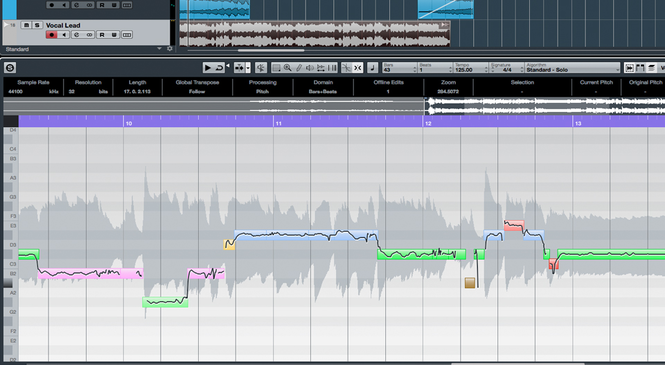

The Right section provides a new home for the Setup Window Layout button, where you can specify what parts of the user interface are displayed in the Project window from a pop-up. The left section contains the Project History buttons for undo and redo, which I’m sure I will never click, and, inexplicably and optionally, the Constrain Delay Compensation button. The toolbar is now split into three sections, with new left and right sections (justified left and right accordingly) joining the original toolbar controls. It’s basically the same Project window as before, but with a few immediately apparent changes: the core toolbar functionality is now centred rather than left-aligned, and a new Transport Zone (the same height as the toolbar) has been added to the lowest part of the window. RezoningĪfter installing and launching Cubase 9, I felt a little discombobulated when the Project window appeared for the first time. This is in keeping with the icon for Steinberg’s recently released Dorico scoring application, and actually stands out a little better on my cluttered desktop. The familiar diamond and circle on a transparent background is now a less tinted red on a white background, with app-like rounded corners. The first major change to note is that Steinberg have redesigned the Cubase icon.
#CUBASE 8 VS CUBASE 9 FULL#
For a full comparison of what features are available in the different flavours of Cubase, including the Elements version, refer to Steinberg’s web site. To make things easy, I’ll refer simply to Cubase 9 when discussing matters applicable to both Pro and Artist, and state Cubase Pro 9 when describing features only available in this version.

#CUBASE 8 VS CUBASE 9 UPGRADE#
Either way, this will be a welcome step for Artist users, who no longer have to wait for the upgrade to become available after the Pro release. Given that the installer is the same for Pro and Artist, I assume they might now just be the same application, with the licence on your Steinberg Key dictating whether the Pro or Artist functionality should be enabled. And, for the first time, new versions of Cubase Pro and Cubase Artist were released simultaneously, along with the entry-level Cubase Elements. Released on December 7th, Cubase 9 introduces new ways of working, new tools and many improvements.
#CUBASE 8 VS CUBASE 9 UPDATE#
It integrates DAW that can connect to external keyboards, MIDI controllers and standard MIDI devices, including USBs, keyboards and audio interface cards.The latest update to Cubase sees Steinberg’s DAW embrace single-window working and integrated sampling.įor the fourth year in a row, Steinberg have delivered a major update to Cubase. This makes VSTs much more compatible with Cubase than traditional software that works with the host computer via VST cards.Īnother important feature of Cubase that sets it apart from other sequencers is that it comes with a complete virtual instruments and composing tools, called Cubase Learn. One such technology is the VST, or Virtual Audio Server, which allows to run other applications within the Cubase setup. In addition to its wide range of features Cubase offers some technologies that are new to the market. It can be used for desktop recording, for performing or recording live, for creating and manipulating electronic instruments, for composing and arranging music scores, for sequencing music tracks, and for tracking audio material. Cubase is an all-in-one music creation software with sequencing, recording and playback features.


 0 kommentar(er)
0 kommentar(er)
